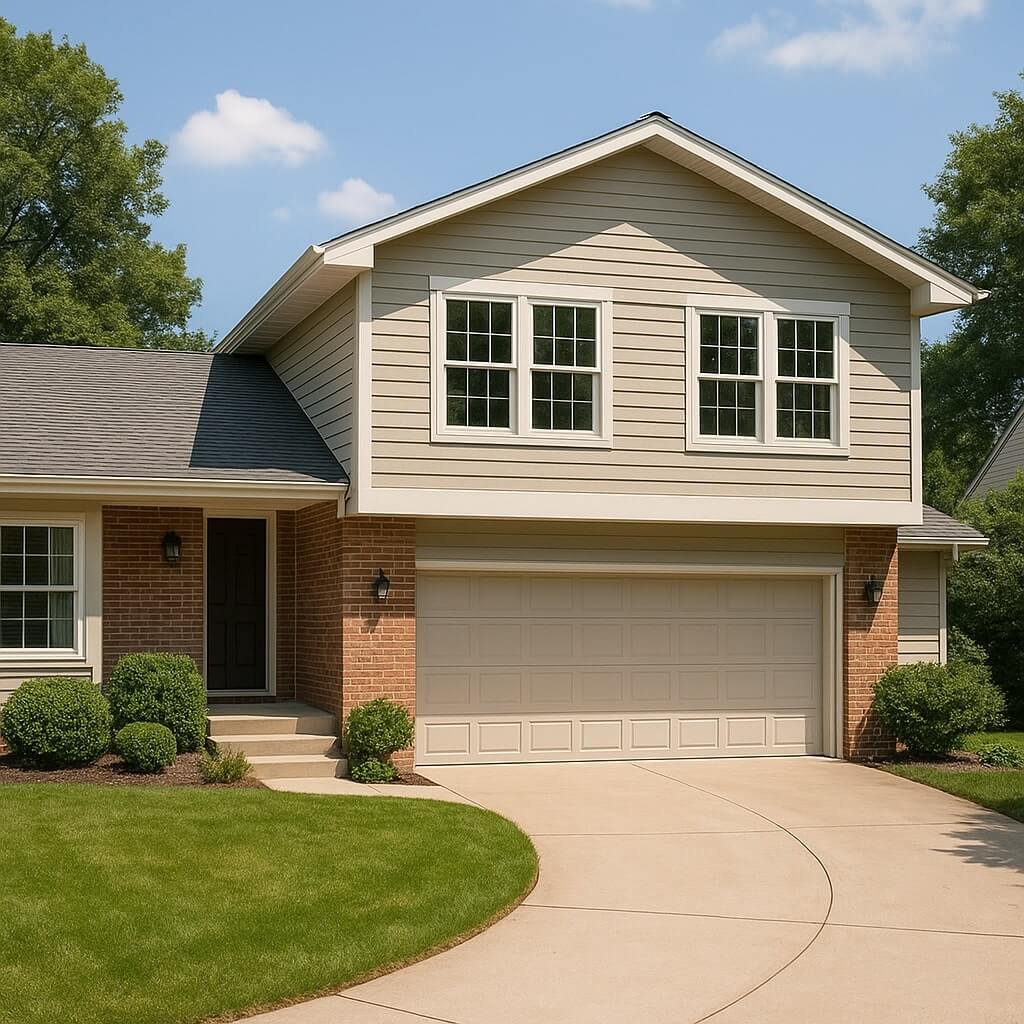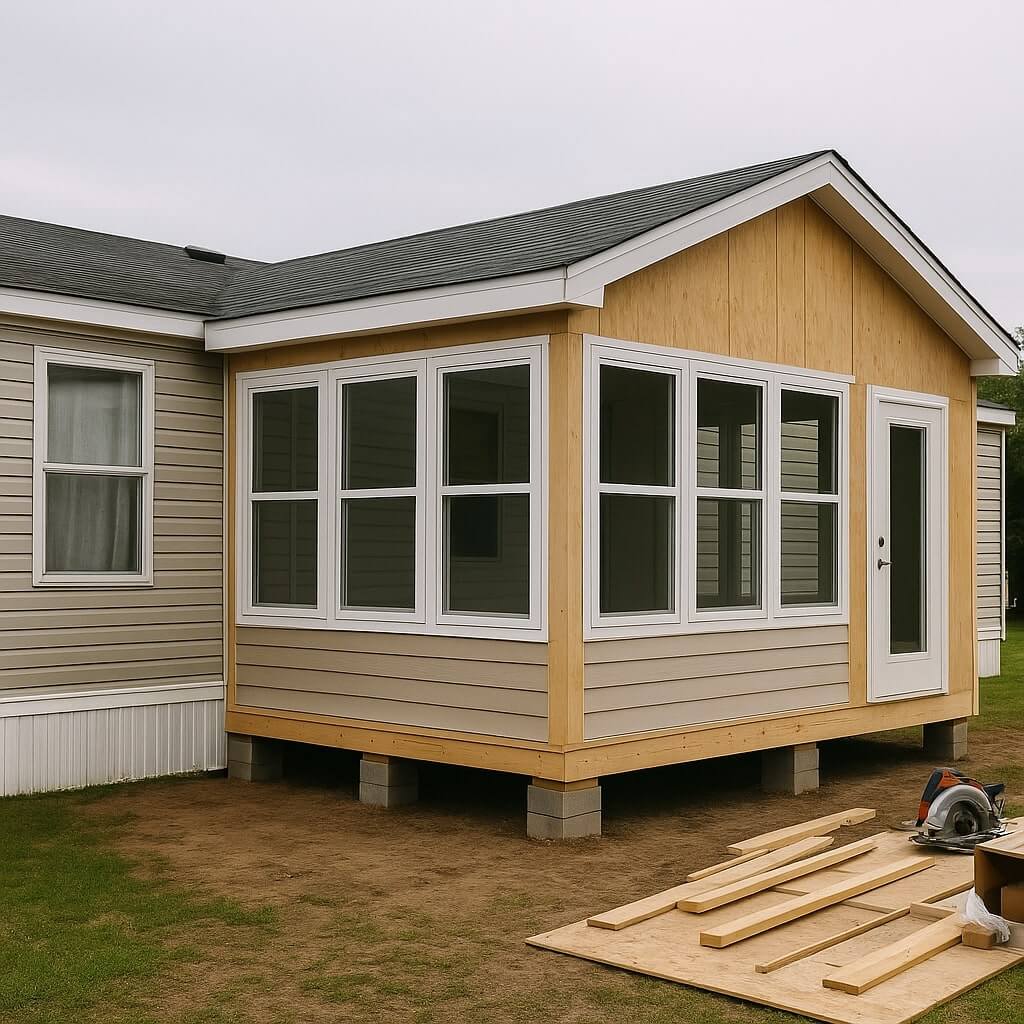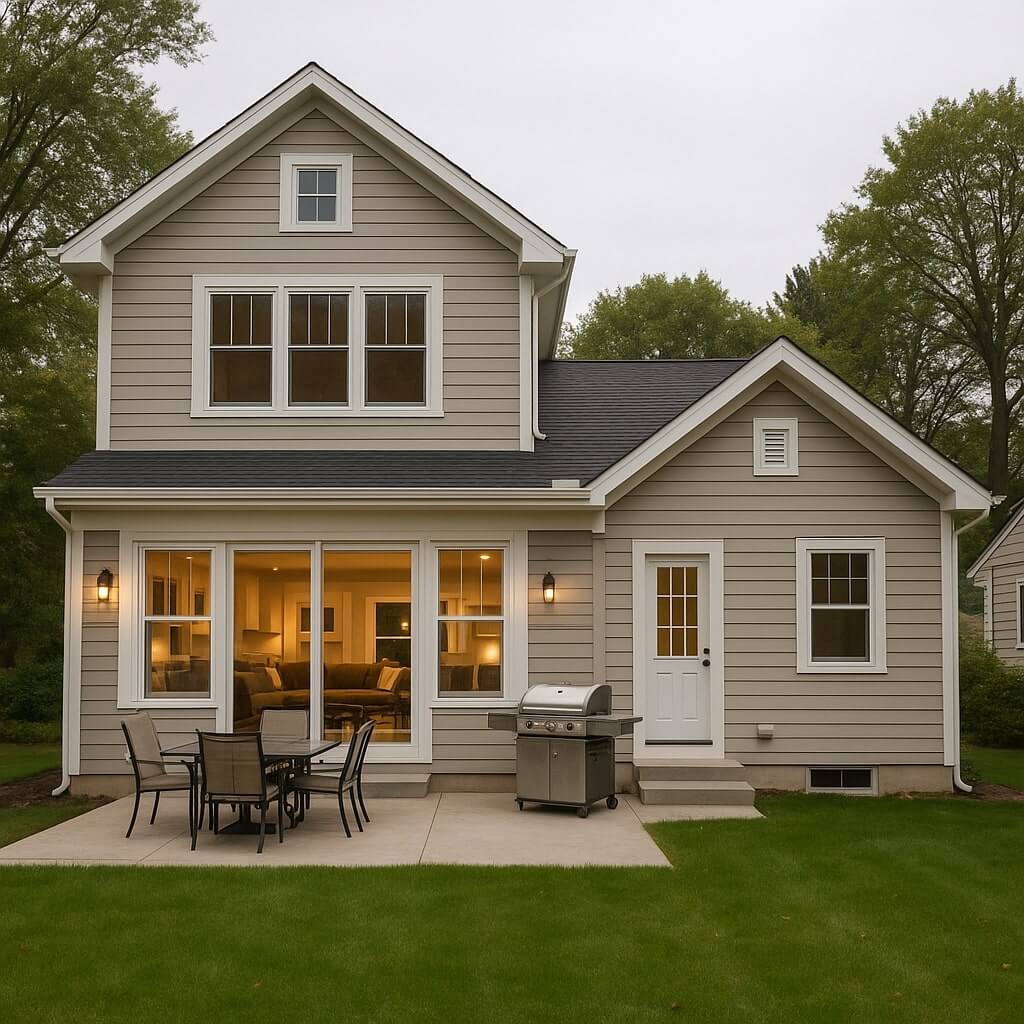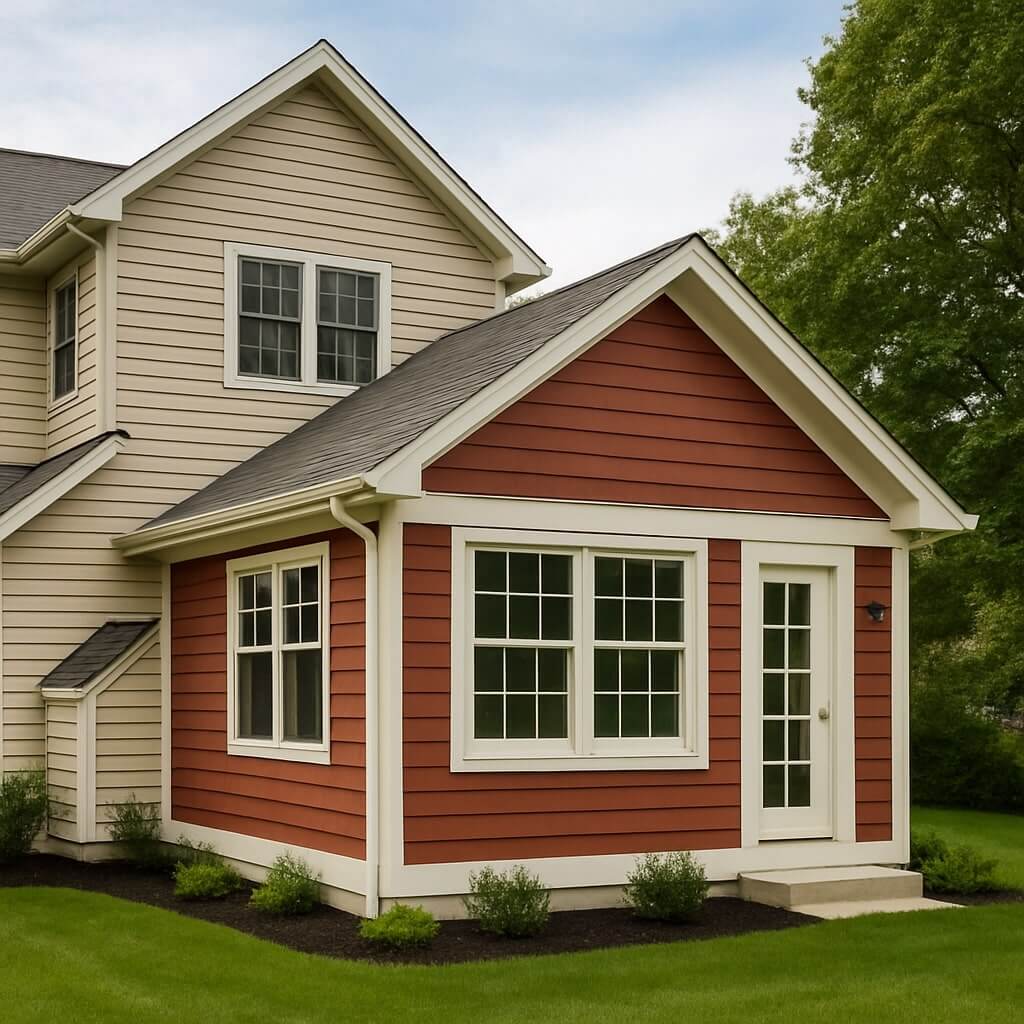Split-level homes are making a strong comeback in modern residential architecture. Originally popular in the mid-20th century, these homes offer a unique layout with staggered floor levels that separate living, dining, and bedroom spaces.
Adding onto a split-level home poses challenges—but with the right split-level home addition floor plan, you can unlock stunning functionality and value. Whether you’re building out, up, or down, a well-planned addition can dramatically improve both space and livability.
Benefits of Split-Level Home Additions
- Maximize Limited Land Space: Split-level additions help you grow vertically, avoiding the need for a bigger lot.
- Define Zones Clearly: Great for families who want distinct spaces—living, sleeping, and working.
- Improve Property Value: A professionally designed addition can significantly boost resale appeal.
- Natural Light Distribution: Split levels provide opportunities for improved lighting and ventilation.
Popular Split-Level Home Addition Ideas
1. Add a New Master Suite Over the Garage
Take advantage of existing garage structure by building above it. It provides privacy and creates a serene retreat.
2. Build a Sunroom or Family Room Extension
A back or side extension creates extra lounging space and blends beautifully into your existing split layout.
3. Expand the Kitchen or Dining Area
Move walls or build outward to make room for open-concept kitchens—perfect for entertaining and family meals.
4. Basement-Level Additions
Finish or expand the lower level for an office, guest suite, or game room—ideal for multi-generational living.
5. Vertical Bump-Outs
Go up a level to add an office, loft, or additional bedrooms, while preserving your backyard.
Things to Consider When Planning a Split-Level Addition
- Structural Load Bearing: Consult a structural engineer before modifying existing walls or foundations.
- Zoning & Building Codes: Your municipality may have strict height or lot coverage rules.
- Design Consistency: Blend new architecture seamlessly with the original look—inside and out.
- HVAC & Plumbing Rerouting: Be prepared to modify existing systems for efficiency and code compliance.
- Natural Lighting & Staircase Flow: Additional levels may require stair redesigns or light well integration.
Sample Floor Plan Concepts
| Level | Area | Addition Feature |
|---|---|---|
| Lower Level | Garage | Expanded mudroom + home office |
| Mid-Level | Kitchen & Dining | 200 sq ft kitchen expansion |
| Upper Level | Bedrooms | Master suite over garage |
| Bonus | Outdoor | Elevated deck with stair access |
Always work with an architect or home designer for final blueprints.
SEO-Optimized FAQs on Split-Level Home Addition Floor Plans
A split-level home has staggered floor levels, typically with a short set of stairs between living, sleeping, and basement areas. It offers natural separation and efficient use of space.
Yes, it’s possible. You can add a second story over a portion of the house, like the garage or main living space. It must comply with local zoning and structural guidelines.
Costs range from $80 to $200 per square foot, depending on complexity, materials, and labor. A garage-top master suite may cost around $60,000–$120,000.
Yes, it can be more complex than traditional layouts due to varying floor heights and staircases. Expert design and engineering are key.
Absolutely. A well-integrated, high-quality addition can add 15–30% to your home’s resale value, especially in growing neighborhoods.
Final Thoughts
A split-level home addition floor plan allows you to optimize your living space without changing the character of your home. With the right planning and professional guidance, you can create an addition that’s both beautiful and functional—perfectly tailored to your family’s evolving needs.




